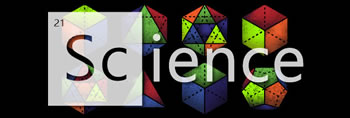
The blessing of getting old is that you survived long enough to do it. Randall Munroe of What If? and xkcd didn't put much of his personal life into his comics when he first started out, but we all knew when he fell in love. Then in 2010, Munroe's fiancée (now wife) was diagnosed with stage III breast cancer. He related some of his emotional journey in his webcomic xkcd. We learned how profoundly hardcore the treatment is, and how precarious the prognosis is even after treatment. But the couple made sure to stuff a lot of experiences into the time they have.
Munroe posted updates every so often, like the two year "biopsy-versary" and the seven year mark. Now it's been 15 years since the diagnosis that changed their lives, and Munroe has commemorated it with another comic. The panel above is only a small snippet; you need to go see it in a larger size (and there is a hover text, too). The past is in lighter ink to bring us up to new material, in bolder drawings. -via Metafilter












